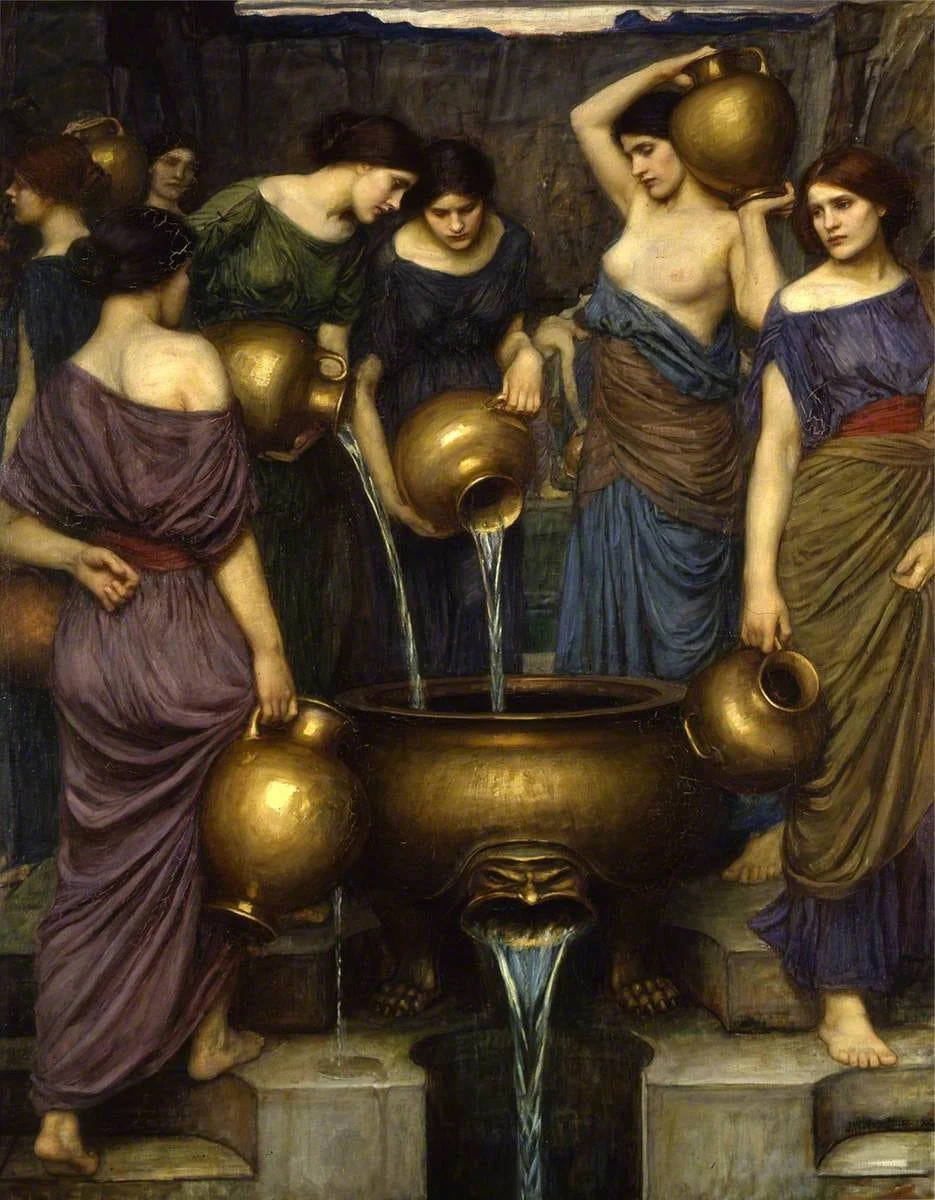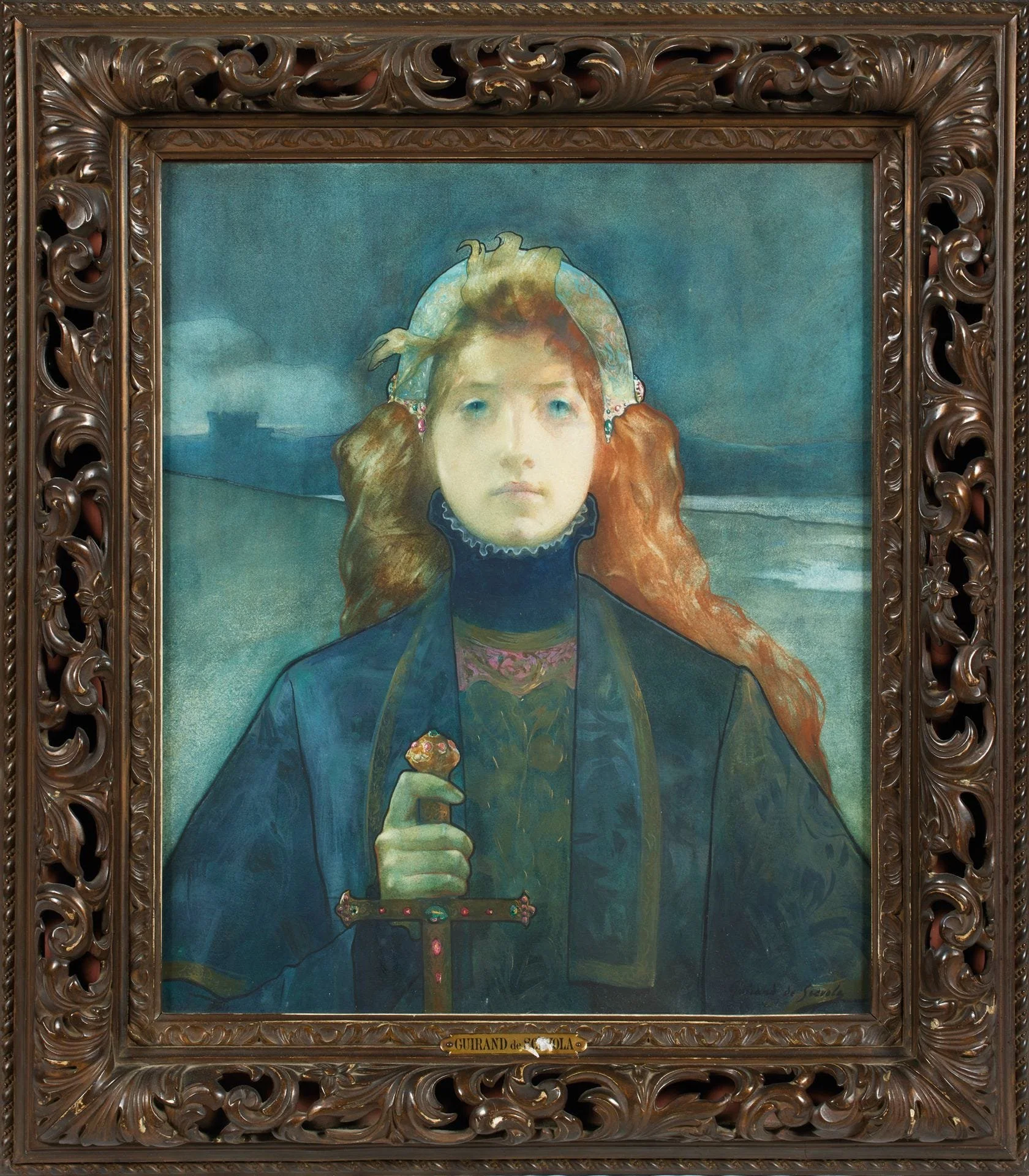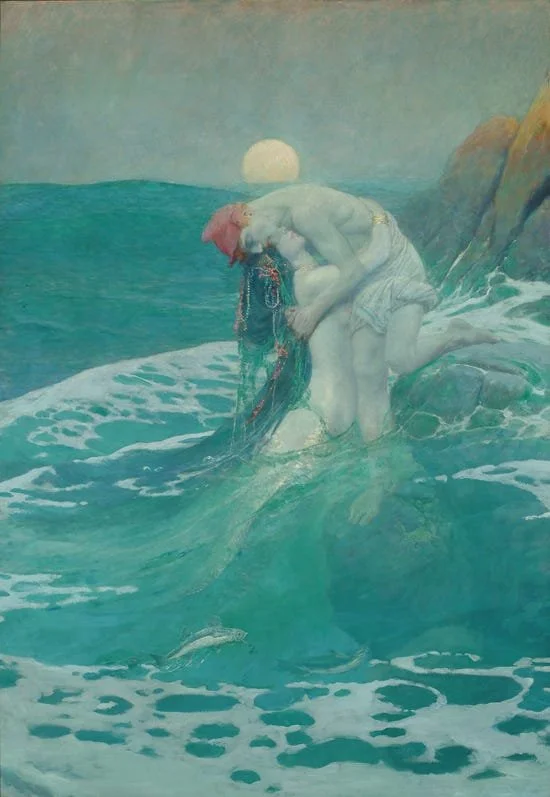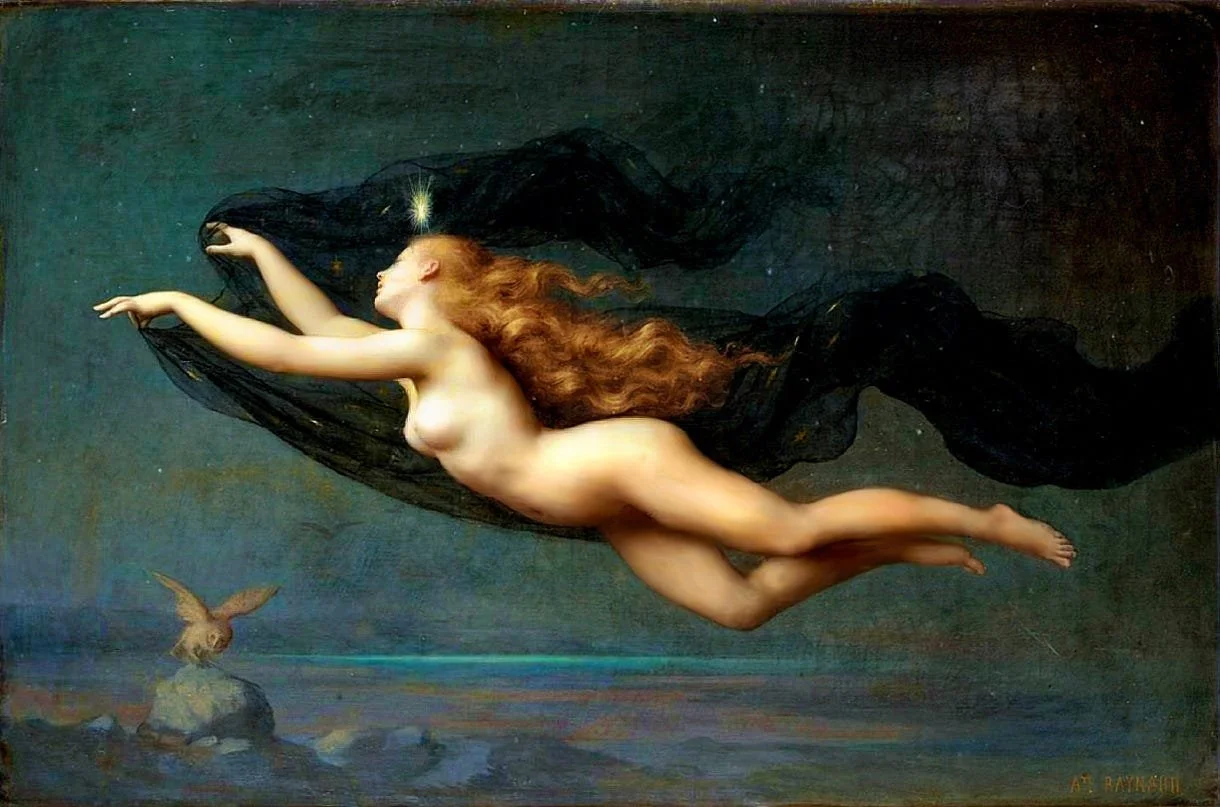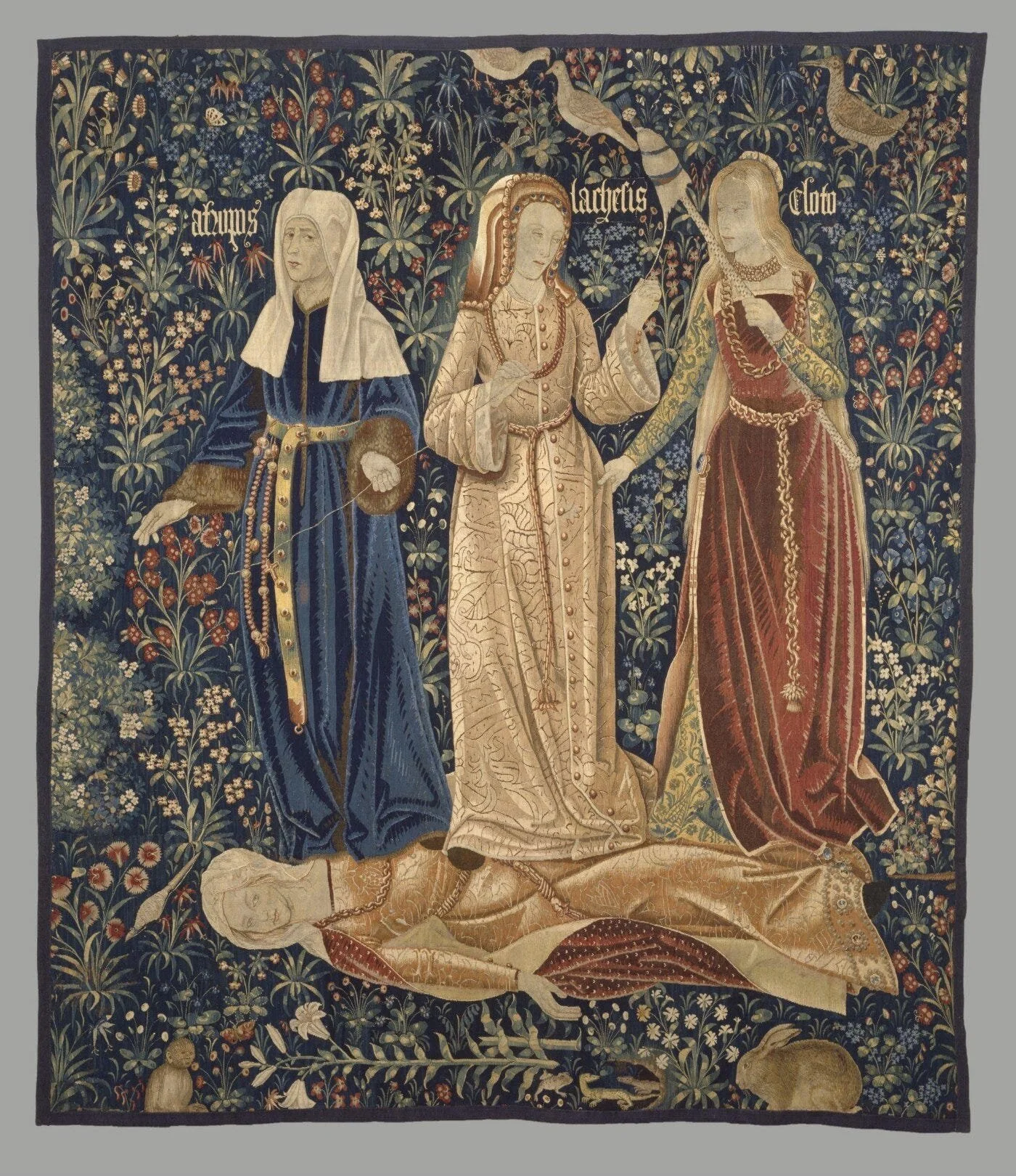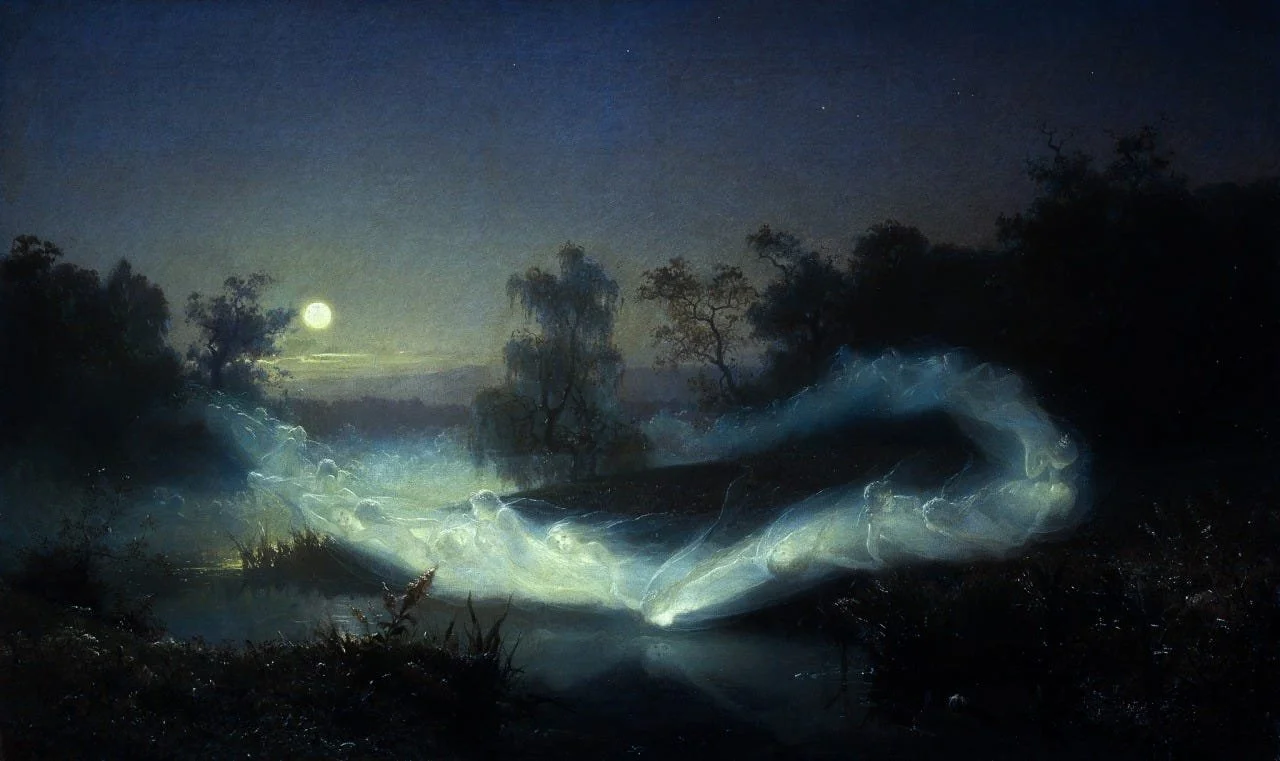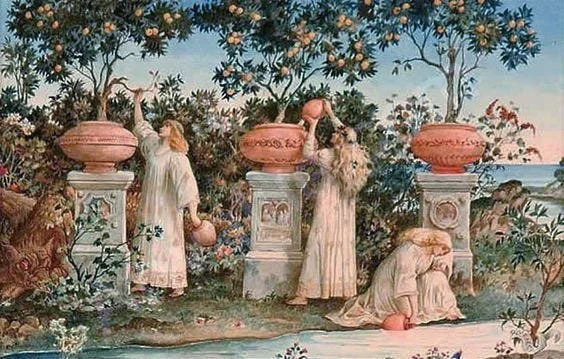Sappho's Poetic Elysium
Sappho is perhaps one of the most profound poets to arise from Greek antiquity. She is remembered for being a “companion to Aphrodite” , yet also an unvirtuous woman, preoccupied with frivolous sexual proclivities. The subject matter of Sappho’s songs, including sensual portrayals of love, loss and womanhood, paints a picture not only of her context in Lesbos, but also of the lives of women in Greece. Her simultaneously praised and scrutinised reception surmounts her as one of the first writers willing to openly express the pleasures and pains of female sexuality in Achaean society.
Sappho’s poems are arguably the reason why Lesbos is associated with strong images of women, lesbianism and prostitution. Sappho’s works are grounded in a dreamy view of romance. Though she was married to wealthy businessman, Cercylas of Andros, she was often mocked for having the behaviours of courtesans, and for pursuing side-relationships with women.
Yet, while highlighted as a figure of disdain amongst ancient Grecian commentators, her subversion of the subservient roles of women in ancient Greece promoted an aspect of notoriety for her writing. Sappho rode a two-fold line between desirable and promiscuous which entertained her male contemporaries. Kate Gilhuly describes her representation on the comic stage as “an embodied, public, fetishized object of masculine desire”, further conveying that, “in order to be included among the ranks of other poets, to be known by many male poets, Sappho is produced as a promiscuous heterosexual, or courtesan type”.
Lesbos became attributed to women after it was mentioned in Homer’s Iliad, where Agamemnon offers seven desirable women from the city to persuade Achilles to continue fighting in the Trojan War. In the feminine discourse of Lesbos, beauty, sensuality, fertility and pleasure were prioritised. Sappho herself was thought to have a circle of friends (thiasos) who together practiced, “worship [of] Aphrodite and the Muses”. In many ways, Aphrodite was a patron-god of Lesbos for her gifts of sex, love and beauty, and is frequently mentioned by Sappho in poems such as Ode to Aphrodite.
Sappho embedded the roles of Achaean women in her poems, where their purpose is to love, rather than to fight. She completely embraced this archetype to the point of attracting criticism for indulging too much in love. Sappho depicted Helen of Troy as a victim of intense love in Fragment 16, while many others scrutanised her for causing the Trojan War. She also wrote openly on the pressures of motherhood, such as in her poem named after gods, Leto and Niobe. Sappho promoted women as multi-dimensional in a world where they were objects. She brought pride to the feminine arts that defined Lesbos.
Here is a selection of my favourite Sappho poems with accompanying artworks that I feel embody Sappho’s contemplative words.
Come to me here
from Crete (Frag. 2)
Come to me here from Crete,
To this holy temple, where
Your lovely apple grove stands,
And your altars that flicker
With incense.
And below the apple branches, cold
Clear water sounds, everything shadowed
By roses, and sleep that falls from
Bright shaking leaves.
And a pasture for horses blossoms
With the flowers of spring, and breezes
Are flowing here like honey:
Come to me here,
Here, Cyprian, delicately taking
Nectar in golden cups
Mixed with a festive joy,
And pour.
The Danaïdes, John William Waterhouse, 1906
Frag. 16
Some say a force of horsemen, some say infantry
and others say a fleet of ships is the loveliest
thing on the dark earth, but I say it is the one you love
It is altogether simple to make this understood
since she whose beauty outmatched all,
Helen, left her husband
a most noble man
And went sailing to Troy
Without a thought for her child and dear parents
[Love] made her completely insane
And led her astray
This reminds me of absent Anactoria
I would rather watch her lovely walk
and see the shining light of her face
than Lydian chariots followed by
infantrymen in arms
Young Girl With a Sword, Lucien- Victor Guirand de Scévola, early 20th Century
He is More Than a Hero
He is more than a hero
he is a god in my eyes —
the man who is allowed
to sit beside you — he
who listens intimately
to the sweet murmur of
your voice, the enticing
laughter that makes my own
heart beat fast. If I meet
you suddenly, I can't
speak — my tongue is broken;
a thin flame runs under
my skin; seeing nothing,
hearing only my own ears
drumming, I drip with sweat;
trembling shakes my body
and I turn paler than
dry grass. At such times
death isn't far from me.
The Mermaid, Howard Pyle, 1910
Although they are
Although they are only breath,
words which I command
are immortal
Woman with wax tablets and stylus (so-called “Sappho”), Fresco on Gesso, date and painter unknown
And Their Feet Move
And their feet move
rhythmically, as tender
feet of Cretan girls
danced once around an
altar of love, crushing
a circle in the soft
smooth flowering grass
Florence Harrison, illustration from her book, ‘Elfin Song’, 1912
Without Warning
Without warning
as a whirlwind
swoops on an oak
Love shakes my heart
La Nuit, Augiste Raynaud, 1887
You May Forget But
You may forget but
let me tell you
this: someone in
some future time
will think of us
The Three Fates tapestry, unknown artist, early 16th Century
In the Spring Twilight
In the spring twilight
the full moon is shining:
Girls take their places
as though around an altar
Dancing Fairies, August Malmström, 1866
My Garden
I've a garden, a garden of dreams,
Where the cool breeze whispering sways
Softly the apple-sprays,
And from leaves that shimmer and quiver
Down on mine eyelids streams
A slumber-river.
The Garden of Hesperides, Ricciardo Meacci, 1894
